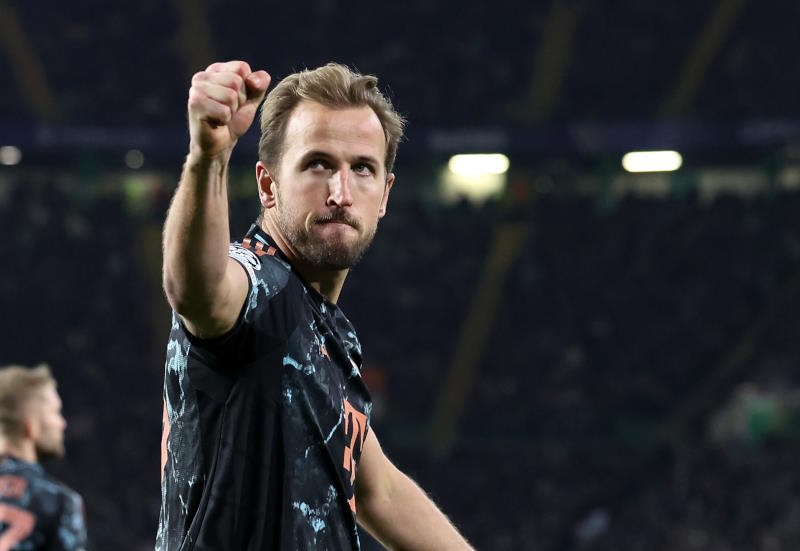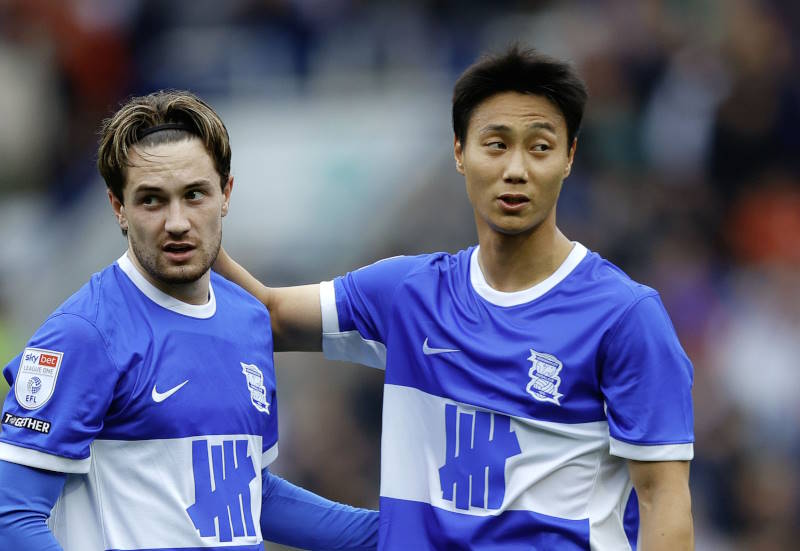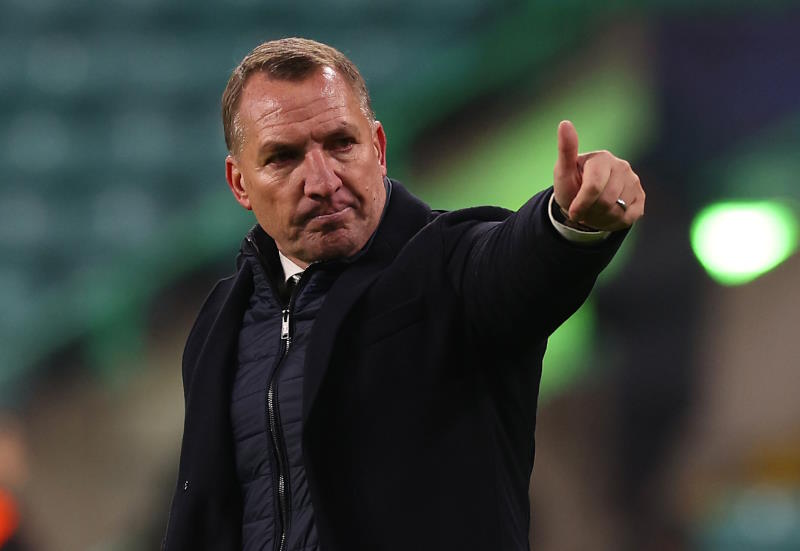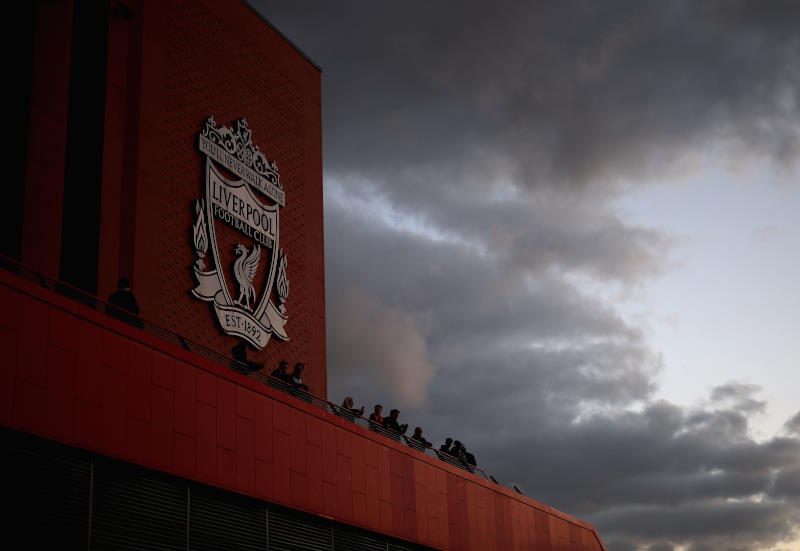
Recently the fiercest derby in all South Africa took place in the Telekom Cup. The tie was a semi-final and held even greater importance as both clubs involved had missed out on the league title just weeks before. In reality the match was of such magnitude that the majority of fans present would have rather it been the final – such is the profile of a Kaizer Chiefs vs Orlando Pirates game.
Tickets for the semi-final at Moses Mabhida Stadium in Durban sold out in less than 12 hours, even despite the absence of many of the teams’ top stars who were away at a training camp for the World Cup, making the tie one of the quickest selling matches ever in South African football. The game itself could not yield a winner as 0-0 sent the two fiercest of rivals into extra time. When that too could not separate them, penalties were needed. In the end it was to be the Kaizer Chiefs’ day as a 3-0 shoot-out win saw the Amakhosi fans erupt with delight praising their Serbian coach Vladimir Vermezovic.
The Orlando township in the Soweto suburb of Johannesburg is well known for not just its most famous resident Nelson Mandela, but also many other modern icons of South Africa. The most metropolitan township in the country, it is also the birthplace of domestic giants Orlando Pirates, Moroka Swallows and Kaizer Chiefs. It was here, in the dusty ground of east Orlando that a group of boys came together in 1937 to form what would first be known as Orlando Boys Football Club, and later morph into Orlando Pirates. Known to fans as Amabhukaniya or Sea Robbers, they turn out at Orlando Stadium, a multi-purpose ground with a capacity of 40,000.
Just as Orlando Pirates were enjoying a run of success and building their fan base came a split in the ranks which would change everything and create a powerful new rival. Former Orlando Pirates player Kaizer Motaung returned from a spell in the once spectacular North American Soccer League, and encouraged by a breakaway group from the ranks of the Pirates, formed a club which first took the name Kaizer XI. Driven forward by Motaung’s enthusiasm, Kaizer Chiefs was formed in 1970, named after Atalanta Chiefs, a club Motaung had represented in the US. Famously known as the Amakhosi (chiefs in Zulu) or Phefeni Boys, while some prefer Glamour Boys, the club adopted the black and gold colours which today are famous across the whole of South Africa.
When Kaizer Chiefs and Orlando Pirates meet all of South Africa stops, and the derby is perhaps only second to Egypt’s clash of Zamalek and Al Ahly on the continent, but only just.
The first derby between the two took place in 1971, in a game dominated and won by Kaizer Chiefs. The 4-3 thriller was indeed a portent for what was to come with every meeting played with ferocity and many memorable matches etched into the memories of South African fans. Some games have sadly seen fans go too far with violence and unrest causing injury and serious incident. Therefore a strong police presence is guaranteed at any meeting. The fixture has also suffered tragedy on the stands as on 11th April, 2001, the Ellis Stadium disaster left 43 people dead – the result of poor crowd control. Before that, in 1991 on 13th January, at Oppenheimer Stadium too many fans were said to have been admitted to a pre-season friendly that left 42 people dead.
Like any rivalry, both clubs have enjoyed their periods of success. For Kaizer Chiefs, the 1980s saw them take South African football by storm, impressively making Soweto their own and building a solid fan base even beyond the country’s borders. A generation of golden boys included two bothers in Mark Tovey and former Bafana Bafana captain defender-cum-midfielder Neil “Codesa” Tovey, Scara Thindwa and young trickster Teophilius Doctor “16v” Khumalo, together with a whole host of other crowd pleasers. The Glamour Boys managed a collection of three league titles, six BP top eight champions cups and a handful of other trophies.
Orlando Pirates had suffered a bumpy ride in the 1980s, having been left trailing by the Chiefs. Come the 1990s though, the Soweto giants were ready to punch their weight once again. Even so, the decade did not begin well, as they met Kaizer Chiefs in the Iwisa Charity Spectacular of 1990, losing 4-2. However, Pirates turned their season around, finishing the strongest of the two, and seeing off Chiefs 5-1 in the second half of the league. The Buccaneers managed to stage a resurrection through many experienced and talented players like no-nonsense defender Gavin Lane, who established a rock sold partnership at the back with Mark Fish and Edward Motale, to produce fantastic results. In 1995, Pirates overshadowed their golden neighbours in both the derby and by winning what no other South African club had before, the African Champions League, beating Ivory Coast’s Asec Mimosa in the final, a tie few gave them much hope in. That same year they also picked up the African Super Cup.
Many critics have deemed the Soweto derbies of the new millennium to be in the shadows of the meetings of old, as disappointing results between two teams seemingly in decline have been played out. Some put this down to a diminishing amount of entertaining individuals, while others cite a modern style of play that stops players from expressing themselves and trying the outrageous.
Orlando Pirates have failed to win a meaningful trophy for the past seven years, but have however managed to win four of the last seven derbies. Ruud Krol, their current head coach, is a former Dutch international with vast experience of African derbies, having worked in Egypt for Zamalek between 1994 and 1999. Club chairman Dr Irvin Khoza has had heavy involvement with with 2010 World Cup organising team, which some fans say has led to his attention being switched from club matters, much to the detriment of Pirates.
For Kaizer Chiefs, they must go back to German coach Ernst Middendorp for serious derby success. Middendorp coached the Glamour Boys between 2005 and 2007, and won back to back Soweto derby games in the 2005/06 season.
The most famous of South African derbies is still electric and phenomenal on and off the pitch, producing goals and big game results. However, the days when stars like Joseph Ngake’s menacing pace kept the entire stand and terrace vibrating, and the screams and shouts when Donald “Ace” Khuse’s magic feet touched the ball looks in short supply. Fans wail if only the late Patrick “Ace” Ntsoelongoe was still around to play and set stadiums alight then the old spectacle could be fully restored.
Nevertheless, waves of emotion and intensity will continue to be felt whenever the Chiefs meet the Pirates.













